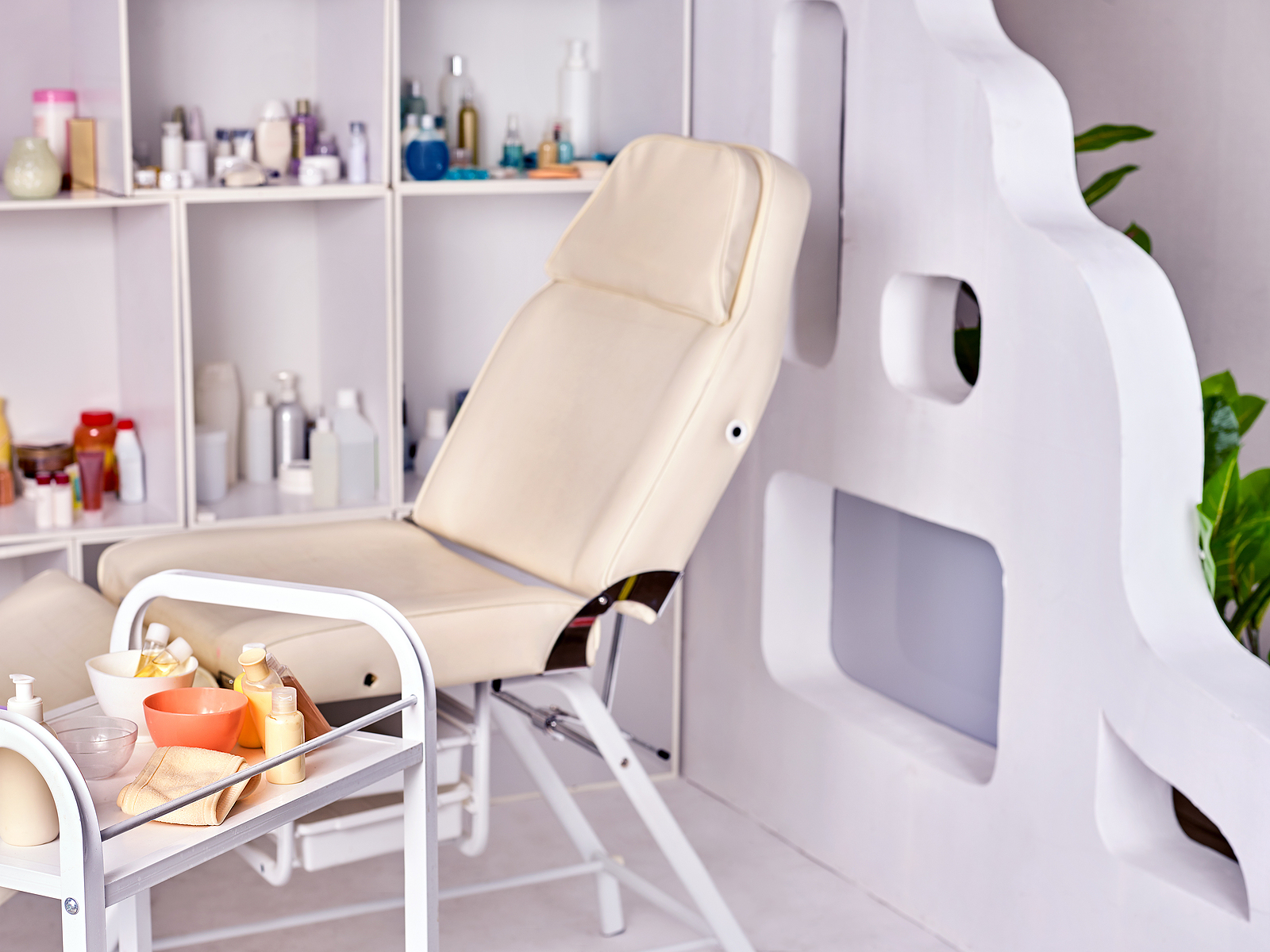 What liability hazards are associated with day spas?
What liability hazards are associated with day spas?
August 15, 2025
by Nils Deacon, Manager, Inspections and Rating Services
According to Statista.com, in 2023 there were 21,840 day spas in the US in this fast-growing market segment. These popular day get-aways have liability hazards unique to the industry and beyond those common to traditional beauty salons.
Along with relaxation treatments, many day spas offer nail services, which can involve hazardous chemicals. OSHA guidelines focus on protecting employees and customers from related health hazards. Chemicals are address in OSHA Standard 1910, which includes subparts for Personal Protective Equipment such as respiratory protection, General Environmental Controls for sanitation and ventilation, and Toxic and Hazardous Substances further addressing air contaminants.
Day spas can reduce chance of slip-and-fall accidents in pool areas through use of textured surfaces, adherence to cleaning protocols, and requiring / providing slip-resistant footwear.
Article 680 of the National Electric Code, NFPA 70 outlines mitigation of risk of electrical shock in hot tub and pool areas.
Higher-end day spas may provide snacks and beverages – sometimes including wine or champagne for relaxation. However, mixing alcohol with massage, steam treatment, or hot tubbing increases risk of dehydration. It may also impair coordination and judgement, contributing to accidents. In addition to adherence to state regulations, responsible alcohol service includes staff training, limiting quantities, and refusing service to minors or intoxicated individuals.
DISCLAIMER: This information reflects the interpretation of MSO, Inc. with regard to NFPA Standards and Codes and other code sources. It does not represent these codes’ official position on the items discussed.
Typical day spa massage room

